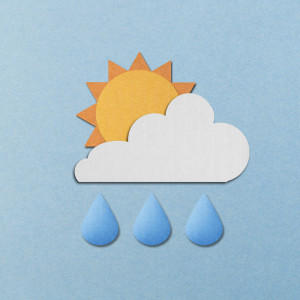WUFI: Hygrothermal Analysis Software (No, It’s not a Dog)

 Computer-aided Hygrothermal analysis and modeling allow us to understand movement of heat and moisture through building components. While such analysis is critical when developing a new building, it is also an effective tool in the repair industry when new roofing systems, re-cladding/coating building facades, or even introducing interior finish treatments are considered for an existing structure.
Computer-aided Hygrothermal analysis and modeling allow us to understand movement of heat and moisture through building components. While such analysis is critical when developing a new building, it is also an effective tool in the repair industry when new roofing systems, re-cladding/coating building facades, or even introducing interior finish treatments are considered for an existing structure.
When changing the building’s cladding system components or interior conditioning system, it is always important to understand how heat and moisture will move through the building envelope to ensure the new system can achieve long term durability and satisfactory performance. Concerns such as condensation, material degradation (rot, spalling concrete/brick), or even mold growth may result if the building envelope is not properly designed with overall system drying potential and wetting risk being considered.
Unfortunately, modeling and analyzing heat flows and moisture drive is a very complex task. Lucky for us, we have the software that can help: a relatively new software family called WUFI (Wärme und Feuchte instationär, or Transient Heat and Moisture), developed by the Fraunhofer Institute for Building Physics (Germany) and Oak Ridge National Laboratory (US). This software calculates heat and moisture transfer through a selected portion of the building envelope (wall or roof section), in accordance with algorithms set forth in ASHRAE 160 “Criteria for Moisture-Control Design Analysis in Building.” The program can adequately model a component of an existing structure by taking into account the material properties, orientation of the analyzed section, and historical climate data for the structure’s location.
From this modeling, we are able to analyze:
- How moisture will accumulate or dry out of a wall system over time;
- Which layers of the wall system are most susceptible to moisture accumulations and thus damage or decay;
- How temperature and interior relative humidity may fluctuate based on historical climate information for the region; and,
- If a potential risk of biological growth is present on interior finishes.
Please contact us if you believe your structure is experiencing issues related to heat and/or moisture. Our trained staff can use the WUFI Pro 5.2 software to assess your areas of concern and offer solutions to moisture drive problems
